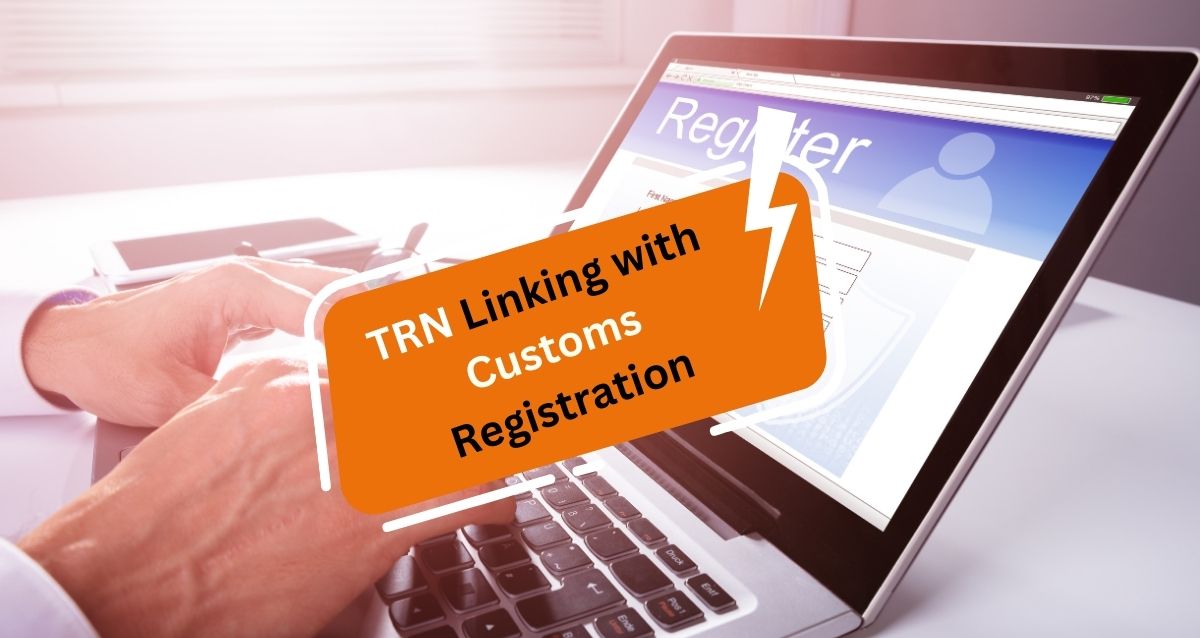Tax Registration Number Linking with Customs Registration
After the value-added tax (VAT) by the United Arab Emirates (UAE) on 1 January 2018, it became mandatory for businesses to pay VAT on imports. However, the UAE-VAT regulations provide a reverse charge mechanism in VAT payment whereby importing business concerns can defer VAT tax on imports by reporting them in their VAT returns.
Nevertheless, this facility is available only to VAT-registered companies, and non-registered importers must pay the VAT tax due in cash when the customs department clears the imports.
Intending to collect VAT on imports, the Federal Tax Authority(FTA) in the UAE is working hand in hand with the UAE Customs Department. If you are wondering how it works, continue reading.
What is a Tax Registration Number in the UAE?
When a business registers itself for UAE-VAT purposes, the FTA will assign a unique 15-digit code, the Tax Registration Number (TRN). It is the same as the VAT registration number, and the FTA tracks the business transactions of a company by its TRN.
How Does a TRN Help in Deferring VAT Tax Payments on Imports?
Businesses can clear imported products without paying VAT during import clearance if they produce their Tax Registration Number (TRN) to the customs department. The customs department in the UAE then verifies the Tax Registration Number (TRN) in their system.
Suppose such a verification proves that the business is VAT-registered with a valid TRN; the customs department will allow the passage of imported goods without immediately paying VAT at that stage.
If you have not yet linked your TRN with Customs Registration, you can do so in three ways, as listed below:
Method One—In the FTA Portal, update your Customs Registration Number
- Log in to the Federal Tax Authority's (FTA) e-Services site
- Update your customs registration number on your registration profile.
Please note that you can enter data for multiple customs registration numbers by clicking on Edit before entering the data.
Method Two—Use the Import Declaration Form
You can complete the VAT declaration by visiting the FTA's e-services site using your TRN to:
- Initiate the process by submitting your customs declaration using the standard procedures' customs declaration number.
- Gain access to the FTA E-service site by using your TRN-linked username and password.
- Click on "VAT301 - Import Declaration Form for VAT Payment" under the VAT tab on the FTA eServices Portal to input the following:
- enter the port of entry,
- customs declaration number, and
- declaration date, and
- You will then receive your TRN number.
- You need to submit the form after completing the declaration procedure.
After completing all the processes mentioned above, the FTA will electronically amend the customs declaration at the customs department to reflect the completion of the VAT payment.
Method Three—Link your TRN with Custom Registration Through the Customer Service Department
- Submit your TRN to the customs department office.
- The customs official will verify the authenticity of your TRN on the official site.
- Once the customs department establishes the authenticity of your TRN, the customs department will update your TRN on their system.
Conclusion
It is advisable for businesses that frequently import goods to link their TRN with their CRN, enabling a smoother and fast flow of goods from the customs department.
Flyingcolour can work with you to help you choose the most convenient option to link your TRN with your CRN to help you enhance your cash flow management by fast clearance of your imports.
Book your free consultation with us to learn more about our comprehensive services.
To learn more about How To Link TRN With Customs Registration, book a free consultation with one of the Flyingcolour team advisors.
Disclaimer: The information provided in this blog is based on our understanding of current tax laws and regulations. It is intended for general informational purposes only and does not constitute professional tax advice, consultation, or representation. The author and publisher are not responsible for any errors or omissions, or for any actions taken based on the information contained in this blog.


